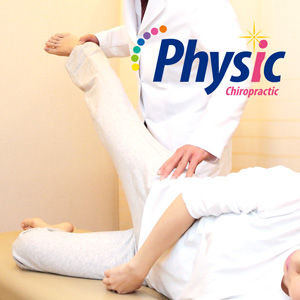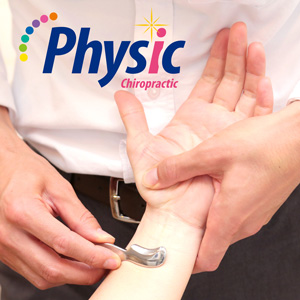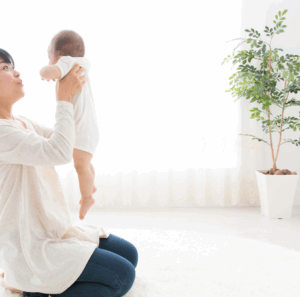Prepare Your Body for Lifting, Feeding, and Sleepless Nights
Many mothers say, “I had no idea postpartum would be this hard.”
The reality of nighttime feedings, back pain from holding your baby, and joint strain from daily tasks can feel overwhelming. But what if you could reduce those burdens by starting care before birth?
This article explores how prenatal pelvic care and muscle support can help you build a strong foundation for smoother recovery and more comfortable postpartum parenting.

-
Pelvic Joints Begin to Loosen During Pregnancy
As pregnancy progresses, hormones like relaxin soften ligaments around the pelvis, leading to increased strain on the sacroiliac joints, pubic symphysis, and hips. The growing belly shifts your center of gravity, causing postural changes that can result in back, hip, or pelvic pain. Without early support, these issues can carry over into postpartum life.
Gentle chiropractic and hands-on techniques during pregnancy can help stabilize your pelvic alignment and prevent unnecessary strain during childbirth and recovery.

-
Muscle Loss Can Make Recovery Harder
During pregnancy, the abdominal muscles, pelvic floor, and inner thighs naturally weaken. This can lead to complications after birth, such as abdominal separation (diastasis recti), uterine prolapse, or incontinence.
Introducing safe prenatal exercises—such as breathing techniques and light core training—can support muscle tone, aid circulation, and speed up postpartum healing. It also helps regulate digestion and posture, which are crucial for energy and comfort after delivery.
-
Prevent Arm and Wrist Strain From Holding Your Baby
New moms often experience wrist or forearm pain due to frequent lifting and long feeding sessions. These repetitive movements can cause conditions like De Quervain’s tendinitis.
By strengthening the shoulders, upper back, and core during pregnancy, you can reduce the likelihood of such issues and improve your ability to maintain stable nursing and holding positions after birth.

- Rethinking Floor-Based Living and Standing Up
Many homes in Japan and other cultures involve floor-sitting, which adds pressure to knees and hips during pregnancy. If standing up becomes painful, it may indicate a misalignment or muscle imbalance.
Working on joint flexibility, proper movement patterns, and hip mobility before birth can help you move more easily—both during labor and in the months that follow. Simple daily adjustments during pregnancy can prevent long-term fatigue and support better function.

Conclusion
Postpartum recovery doesn’t begin after birth—it begins during pregnancy.
Preparing your body now through pelvic alignment, core muscle engagement, and mindful movement will help you avoid joint pain, regain strength, and care for your baby with confidence.
Our hands-on maternity care approach offers personalized guidance to ensure your body is ready for the physical demands of parenting. By supporting yourself first, you’re also supporting your baby—and creating a foundation for joyful, healthy days ahead.
Your Complete Guide to “Maternity Hands Care” – A Prenatal Therapy in Tokyo
-
- Birth Preparation & Postpartum Recovery
– Natural labor support, postpartum pelvic & joint care
- Birth Preparation & Postpartum Recovery
27. How Does Prenatal Care Improve Birth Outcomes?
28. Pregnancy Feels Tougher the Second Time Around?
29. A Health Guide for Moms Expecting Their Second or Third Child
30. Ease Postpartum Challenges With Prenatal Pelvic Care








